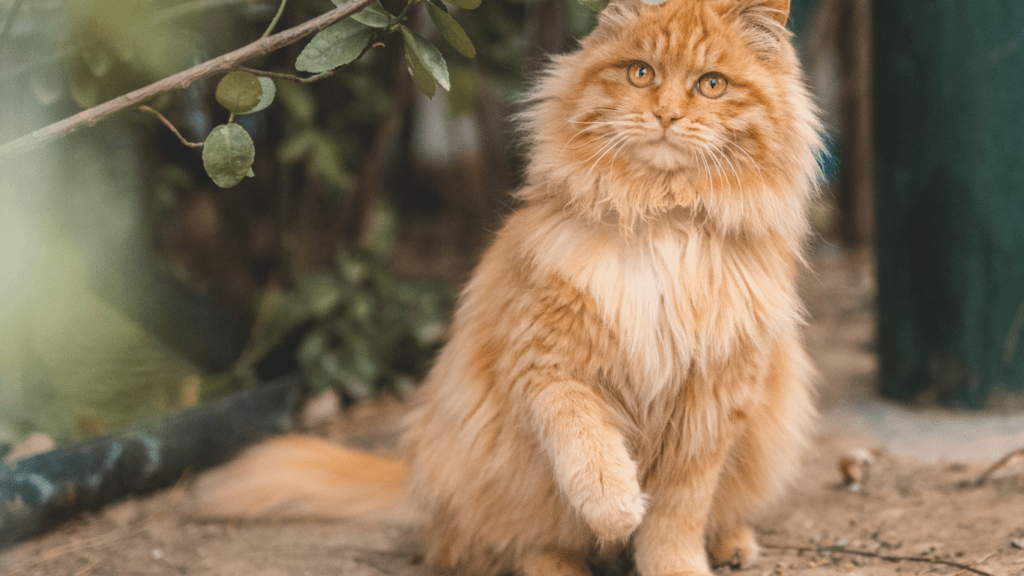Have you ever wondered what your furry friend is trying to tell you through their body language? As a pet owner, deciphering your pet’s signals is key to understanding their needs and emotions.
In this article, I’ll guide you through the fascinating world of pet body language, helping you decode the subtle cues and gestures that your beloved companion uses to communicate with you.
From wagging tails to perked-up ears, our pets have a unique way of expressing themselves without uttering a single word. By learning to interpret these non-verbal cues, you’ll deepen your bond with your pet and ensure their well-being. Join me on this insightful journey as we explore the nuances of pet body language and unravel the mysteries behind your pet’s behavior.
Pet Body Language Basics
Pet body language is a crucial aspect of pet ownership, allowing me to connect with my furry friend on a deeper level. By recognizing subtle cues and gestures, I can better understand my pet’s needs and emotions.
Recognizing Signs of Stress
- Recognize signs of stress:
Pay attention to body language such as flattened ears, tucked tails, or excessive panting, which can indicate anxiety or overwhelm. - Alleviate stress:
By observing these cues, take steps to create a more comfortable environment and address your pet’s stress.
Understanding Signals of Comfort
On the flip side, understanding signals of comfort is equally important in deciphering my pet’s body language. Relaxed body posture, gentle purring, or playful behavior are all indicators that my pet is feeling content and secure. By recognizing these signals, I can ensure that my pet feels safe and happy in our shared environment.
Common Misinterpretations
Misunderstood Cues
When it comes to decoding my pet’s signals, I’ve learned that some cues are often misinterpreted. One common misunderstanding is assuming that a wagging tail always means a happy pet. In reality, a fast wagging tail can indicate excitement, but a slow wag or a tucked tail might signal fear or anxiety.
Another frequent misinterpretation is mistaking a cat’s purring for contentment. While purring can indicate happiness, cats also purr when they’re stressed or in pain. It’s essential to consider the context and other body language cues to accurately understand your pet’s emotions.
Building a Stronger Bond
Understanding my pet’s body language has been key to deepening our connection. By observing subtle signals like tail wags and perked-up ears, I’ve learned to decipher my pet’s needs and emotions more effectively.
Identifying signs of stress, such as flattened ears or tucked tails, has allowed me to address anxiety promptly, ensuring my pet feels safe and secure.
Moreover, recognizing when my pet is comfortable through relaxed body posture and playful behavior has been crucial in creating a positive environment for them. It’s essential to avoid common misinterpretations, like assuming a wagging tail always means happiness or mistaking a cat’s purring for contentment.
By considering the context and overall body language cues, I’ve gained a more accurate understanding of my pet’s emotions. Exploring these nuances in pet body language has not only demystified my pet’s behavior but has also strengthened the bond between us.


 As a dedicated helper in building Animal Potty Care, Bella MacCarthy brings her expertise in pet training and behavior management to the platform. Her hands-on experience with a variety of pets has equipped her with the skills to develop effective resources and solutions for pet owners. Bella plays a key role in curating content that helps pet owners navigate the challenges of potty training and behavioral issues, ensuring that the platform remains a valuable tool for improving the lives of pets and their owners.
As a dedicated helper in building Animal Potty Care, Bella MacCarthy brings her expertise in pet training and behavior management to the platform. Her hands-on experience with a variety of pets has equipped her with the skills to develop effective resources and solutions for pet owners. Bella plays a key role in curating content that helps pet owners navigate the challenges of potty training and behavioral issues, ensuring that the platform remains a valuable tool for improving the lives of pets and their owners.